- Home
- Military & Defense
- ISIS is losing its grip in Iraq and Syria, but here are 9 places where it's still a threat
ISIS is losing its grip in Iraq and Syria, but here are 9 places where it's still a threat
Philippines

Somalia
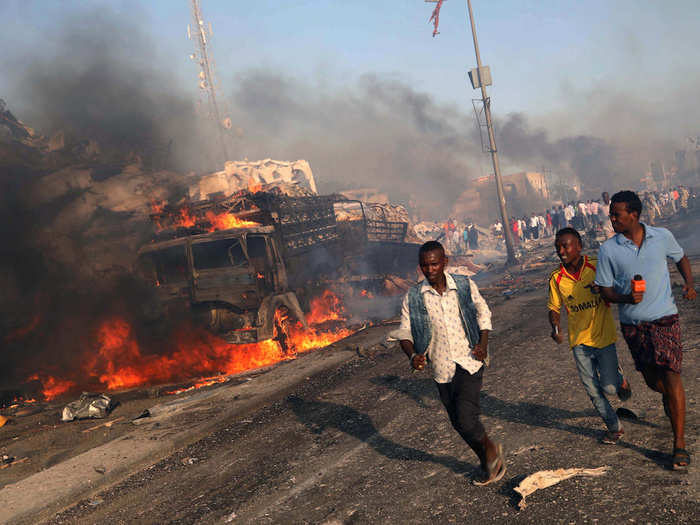
As in West Africa, Islamist violence is not new to Somalia. For the last decade, the most feared jihadist group in the country has been Al Shabab, an Al Qaeda ally. ISIS unsuccessfully tried to recruit Al Shabab in 2015, and now the two groups fight each other in addition to government forces.
Though smaller than Al Shabab, ISIS' affiliate in Somalia has made its mark as a deadly terrorist organization. It has routinely conducted bombings and attacks that have killed hundreds. It is also outgaining Al Shabab in terms of foreign volunteers, as most aspiring jihadists want to be part of the ISIS brand.
In October, the largest bombing in the history of Mogadishu, the Somali capital, left at least 300 civilians dead and caused more than 275 injuries.
No group has claimed responsibility, but it is a troubling sign as it could lead to more violent competition between Al Shabab and ISIS, as they try to become the dominant Islamist group in the country.
The Trump administration sent US troops to Somalia in May — the first such deployment in more than 20 years — to aid antiterrorism efforts. On Friday, the US military carried out its first two drone strikes on ISIS targets in Somalia, killing "several terrorists," according to US Africa Command.
Mali, Niger, and Nigeria
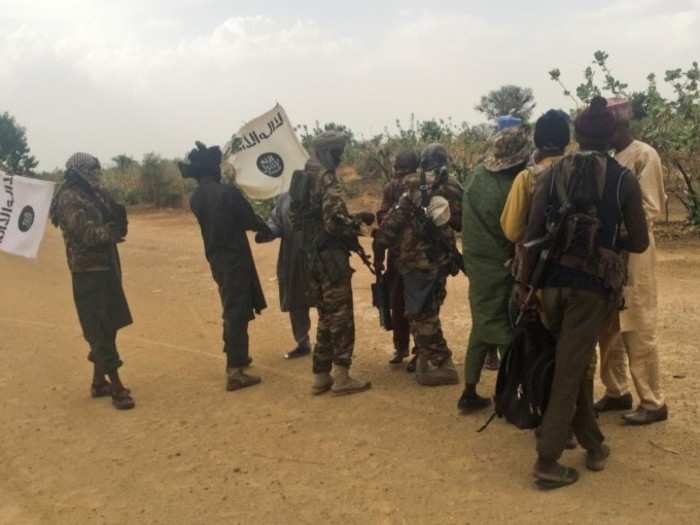
West Africa is becoming an increasingly important front in the fight against ISIS. Islamist violence is not new in the region. There was an insurgency that took over northern Mali in 2013, and the jihadist group Boko Haram declared allegiance to ISIS in 2015.
But the violence has showed no signs of slowing down.
New groups like the Islamic State in the Greater Sahara — which reportedly carried out the early-October ambush that killed four US soldiers while they were on a mission with local partners in Niger — are being formed, and the number of militants joining these groups seems to be increasing.
On October 23, Joint Chiefs of Staff Chairman Marine Gen. Joseph Dunford said that ISIS "has aspirations to establish a larger presence" in Africa.
"We're going to see more actions in Africa, not less," Dunford said, adding that the US military will be making recommendations to Trump and Defense Secretary Jim Mattis and that US forces will remain in the area despite the casualties in Niger.
Afghanistan
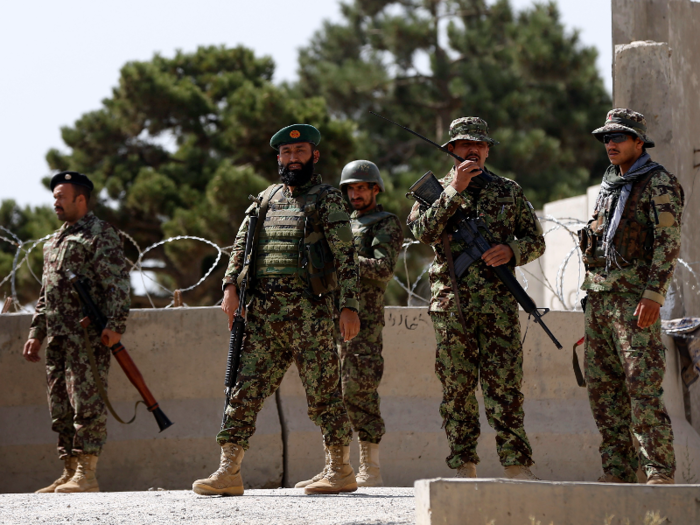
ISIS's Afghan affiliate, known as Islamic State in Khorasan, or ISIS-K, was declared in 2014. The group mostly made up of Taliban defectors and new recruits.
Though the group only controls small patches of territory, it has been a main focus for the US military. On April 13, the US dropped its largest nonnuclear bomb on an ISIS-K compound. Estimates of the number killed range between 36 and 96 militants.
Militants affiliated with ISIS and Taliban fighters in Afghanistan have also clashed with each other, resulting in deaths on both sides.
A drone strike in Afghanistan's Kunar Province on October 12 reportedly killed 14 ISIS militants — though an Afghan MP, Shahzada Shaheed, claimed all the casualties were civilians.
The US estimates that there are roughly 600 to 800 ISIS-affiliated militants still in the country, mostly in Nangarhar province in northeast Afghanistan.
Yemen
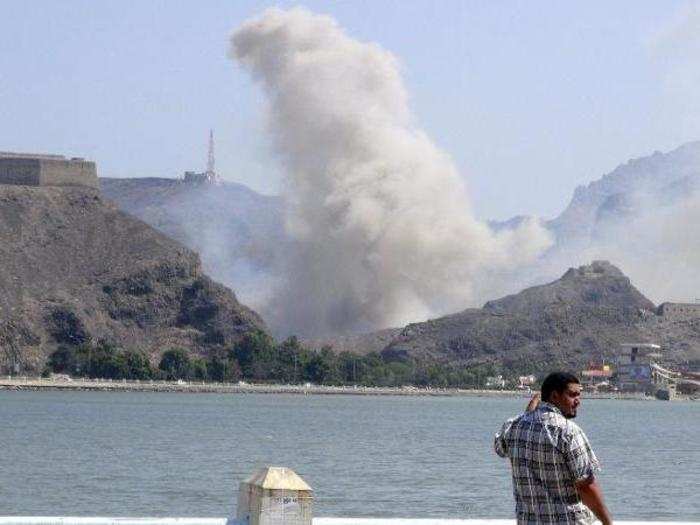
Yemen has long been a battleground in the fight against Al Qaeda and other jihadist groups. While the Saudi-led military campaign against Iran-backed Houthi rebels in country has received much of the attention, ISIS' presence there has gotten the notice of the US.
ISIS created its Yemen branch in 2014, during the chaos that followed the ouster of President Ali Abdullah Saleh in 2012. Since then, its attacks have killed hundreds.
US forces launched more than 100 airstrikes against Al Qaeda in Yemen this year, according to the Foundation for Defense of Democracies. October saw the first US airstrikes against ISIS in Yemen. According to US Central Command, the three strikes on ISIS training camps reportedly killed 60 militants.
Libya
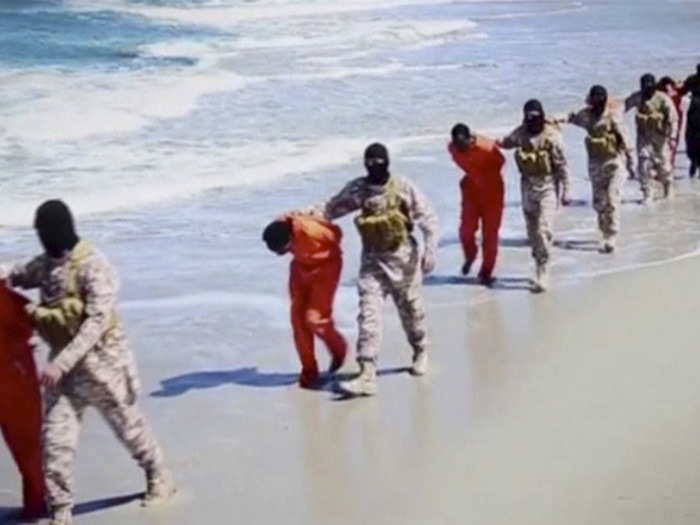
Libya became a safe haven for terrorist groups after Moammar Gadhafi was overthrown in 2011. It currently has three different governments claiming authority over the country, and the lack of a strong central authority and a unified security force has allowed militias to fill the void.
ISIS seized the coastal city of Sirte — Gadhafi's hometown — in 2015. At its peak, ISIS was thought to have over 5,000 militants in Libya. In addition to causing chaos there, they were aiding jihadist groups in Egypt and other parts of North and West Africa.
Though ISIS lost control of Sirte in December 2016, they still have what officials have described as a "desert army" operating in the regions south of the city. That army has shown signs of trying to gain ground in the country.
The US launched its first airstrike in Libya under President Donald Trump in September, 150 miles south of Sirte, reportedly killing 17 militants.
A major concern among European officials is that as ISIS loses territory in Iraq and Syria, its fighters could relocate to Libya. Among those fighters may be Westerners who could use Libya's role as a transit point for migrants to return home.
Egypt
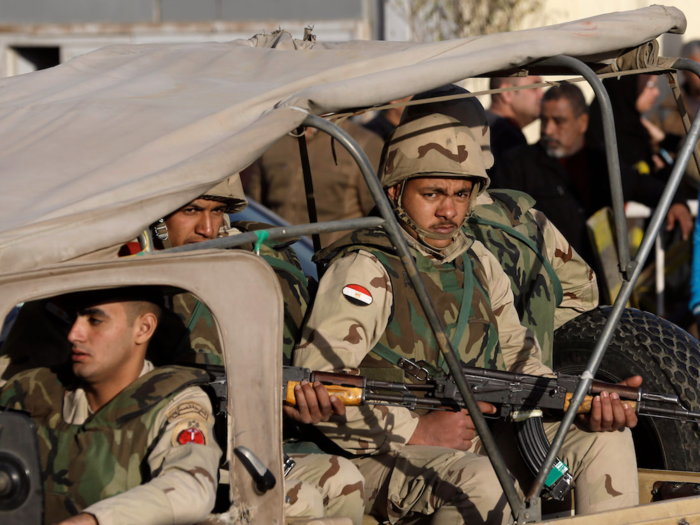
The Egyptian government has been fighting Islamist insurgents since the military took power in 2013. Most of the fighting has happened in the Sinai Peninsula, where ISIS proclaimed a province in 2014.
Egypt has been under an official state of emergency since April, after a attack killed dozens of members of Egypt's minority Christian population.
Hundreds of Egyptian police and military servicemen have been killed in battles with jihadists. In an ISIS attack on an army outpost in Sinai in July 2016, 23 soldiers were killed and at least 26 were wounded.
In late October, at least 54 policemen and conscripts, including several officers, were killed in what appeared to be a well-planned ambush. Though no group has claimed responsibility for the attack, authorities have not ruled out ISIS.
The latest attack took place in the Giza governorate, which means the insurgency is spreading beyond the Sinai Peninsula — a worrisome sign that may have led President Abdel Fattah el-Sisi to reorganize his security leadership.
Popular Right Now
Popular Keywords
Advertisement